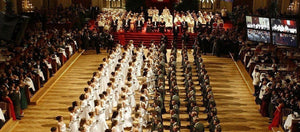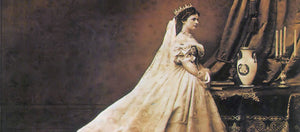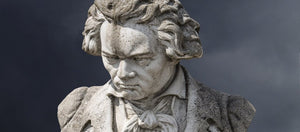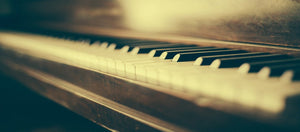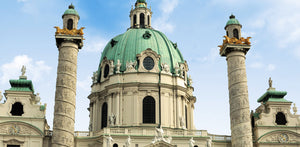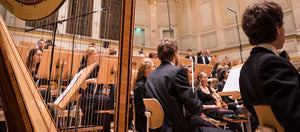9 Fascinating Facts About Stephansdom to Inspire Your Visit
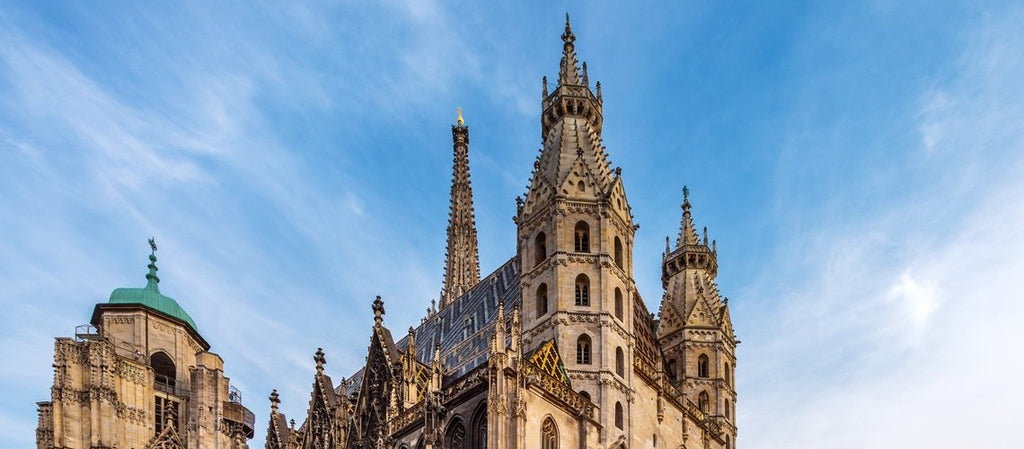
Stephansdom (also known as St. Stephen’s Cathedral in English) is the symbol of historical Vienna and one of the city’s most popular attractions. The iconic structure has witnessed many important events over the past 700 years and today provides visitors with a remarkable place to enjoy classical music concerts, breathtaking city views and staggeringly beautiful architecture.
Being almost a millennia old, Stephansdom is a treasure trove of secrets. If you’re planning on stopping by during your trip to Vienna, here are some interesting facts about the cathedral guaranteed to inspire you and get you excited about your visit.

Credit: Bwag, CC BY-SA 4.0
9 fascinating facts about Stephansdom
1. The cathedral dates back to the 12th century
The initial foundation stone of Stephansdom dates all the way back to 1137. However, the rest of the building isn’t quite as old. After the foundation stone, the second oldest part of the cathedral is the main entrance door, which was created in 1263. Over the centuries, several towers, extensions and other additions were introduced to the building, designed to enhance and improve its classic gothic look.
2. Artsy roof
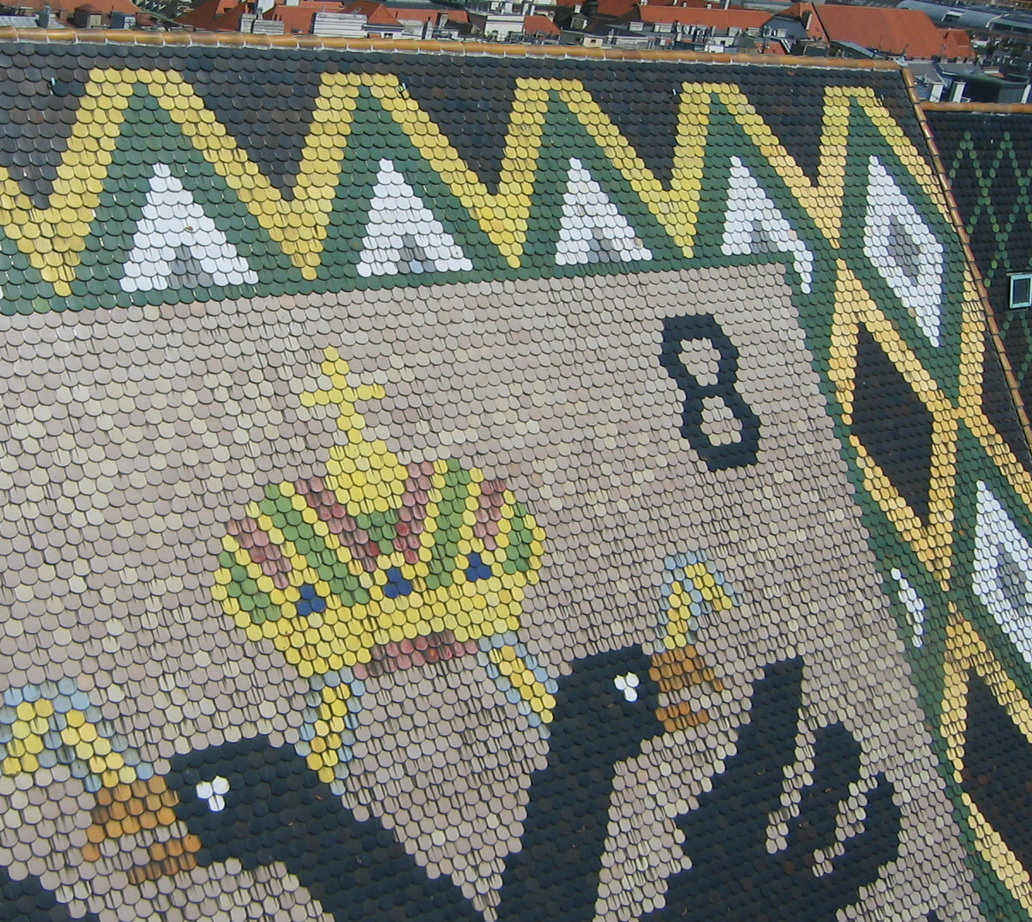
Credit: UrLunkwill, CC BY-SA 2.5
Many people agree that the best part of Stephansdom is the dazzling roof. Towering 38m above the ground and showcasing 230,000 glazed tiles used to form various patterns, the St. Stephen’s Cathedral roof is unlike anything you’ve ever seen before. On the south side of the roof above the choir, the mosaics feature the image of a double-headed eagle — the symbol of the Austrian empire when it was ruled by the Habsburgs. The north side features another two eagles, each with only one head and carrying coats of arms representing the City of Vienna and the Republic of Austria.
Because the roof is so steep, it’s rarely covered by snow and is strikingly clean in comparison to other roofs in the city, since the rain falls over the tiles and washes them easily.
3. It survived WW2, but…
Toward the end of WW2, Viennese German commandant Sepp Dietrich told soldiers to “fire a hundred shells (at the Cathedral) and leave it in just debris and ashes.” Fortunately, his subordinate, Captain Gerhard Klinkicht, ignored the orders and spared Stephansdom from disaster. But it’s not all good news. Shortly after, on April 12th 1945, civilian plunderers set several nearby houses on fire and the flames worked their way to the cathedral.
The wooden framework of the roof was badly affected, so much so that it collapsed. While some treasures — such as the Stone Pulpit and the tomb of Frederick III — were only mildly damaged, others — including the Rollinger choir stalls created in 1487 — were totally lost.
Restoration works began almost immediately. Stephansdom was partially opened to the public on December 12th 1948. By 1950 a new roof had been constructed and by April 23rd 1952, all the restoration tasks had been completed.
4. A hidden message
There’s a hidden message carved into a stone outside the cathedral’s front door — the letter “O” and the number “5”. The “5” represents the 5th letter of the alphabet, “E”. When combined with the “O”, becomes “OE”, which is the abbreviation for Österreich, meaning Austria. This was a covert sign of resistance during WW2 which the Nazis totally missed.
5. It’s honoured on Austrian currency
Stephansdom is so highly regarded and appreciated that it’s featured on the back of 10 cent coins produced in Austria.
6. Home to a record-breaking bell
There are 13 bells hanging within St. Stephen’s Cathedral. The best-known bell, the Pummerin, sits inside the 68.3m-tall north tower and is the 2nd largest free-swinging chimed church bell in Europe.
7. You can visit for free
If you’re in a rush, on a budget or just want a little taste of St. Stephen’s Cathedral, you can visit the front of the nave and sections of the northern side of the complex without handing over any cash. From the free zone you can enjoy gorgeous views which span the length of the cathedral. You can also explore several small altars where you can pray on pews, light a votive candle and pick up a souvenir from the cathedral shop.
8. Christ with a Toothache
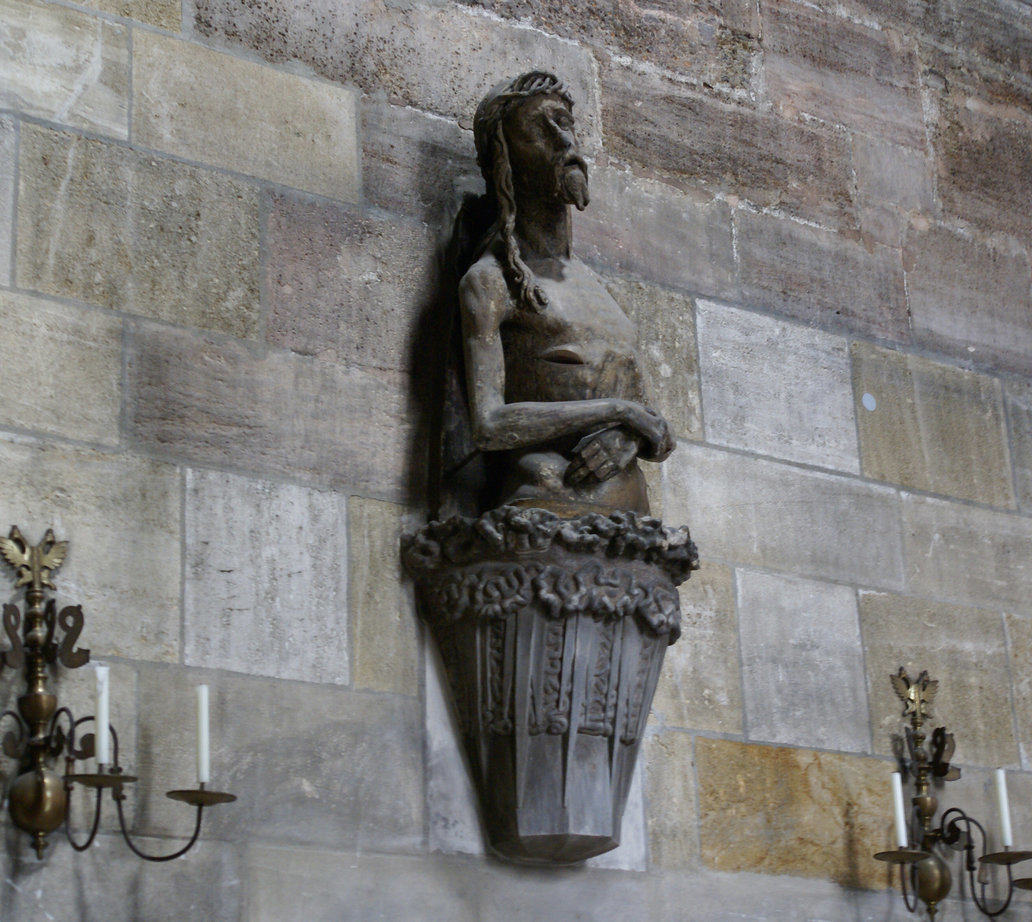
Credit: Bede735c, CC BY-SA 3.0
Stephansdom is home to many statues, one of the most interesting of which is known as Christ with a Toothache. This religious representation got its nickname when three men looked at the way the figure’s head was tied with cloth to keep the crown of thorns from blowing away in the wind. They laughed and joked that it looked like Christ had a toothache.
When they returned home, one of the men was suffering immensely from a terrible toothache. He went to the doctor who was unable to do anything for him. Making a connection with what occurred the night before, the suffering man went back to the cathedral and asked Christ for forgiveness. Within one hour, his pain had completely subsided and the statue got its new nickname.
9. Famous faces
Many famous people have visited St. Stephen’s Cathedral over the centuries. The epochal structure was where Joseph Haydn sang in the choir when he was a boy and is also where he married Maria Anna Theresia Keller in 1760. Mozart married Constanze Weber at this spot in 1782 and just nine years later, it was used to host the composer’s funeral in 1791. Antonio Vivaldi also had his funeral at the cathedral in 1741, as well as Franz Joseph I of Austria in 1916.
Concerts at Stephansdom
If you want to see the famous St. Stephen’s Cathedral for yourself, get some tickets for a Vivaldi concert at Stephansdom. During this spectacular evening, you’ll be treated to the composer’s incredible Four Seasons masterpiece, complemented by beautiful artwork created by soloists from the Chamber Orchestra Vienna.
This remarkable building also hosts magical Christmas concerts throughout December. As part of this festive concert you’ll hear the marvellous melodies of Mozart, Bach, Schubert and Haydn, amongst many other incredible composers. It’s the perfect opportunity to escape the bustling pre-Christmas period in remarkable, grandiose surroundings.


